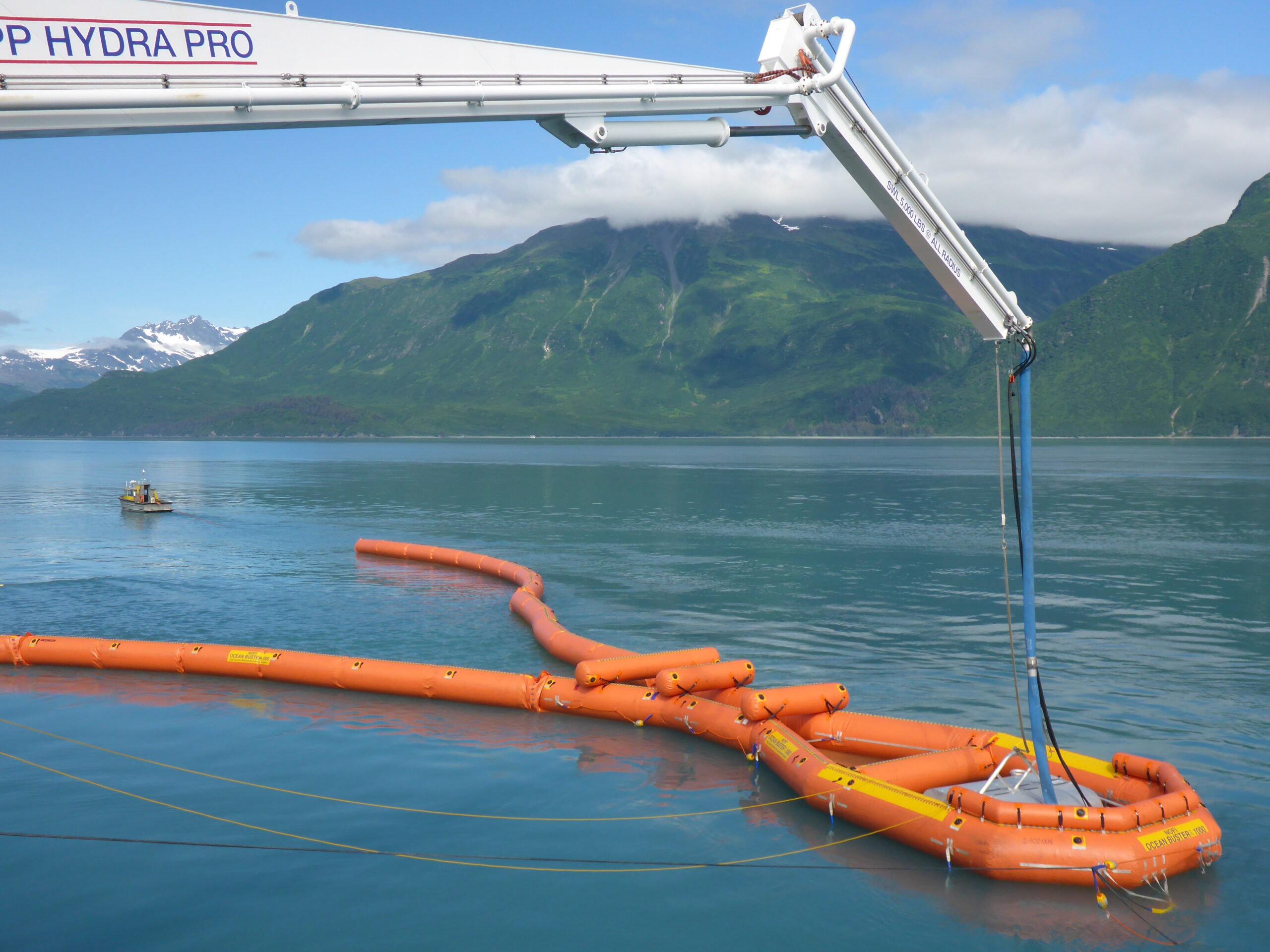Through the oil spill prevention planning program, the Council develops positions and recommendations on oil spill response technologies; reviews state and federal contingency plans and plan-related issues; promotes compliance with and enforcement and funding of existing environmental regulations; and promotes the incorporation of local knowledge of sensitive areas in contingency
Science Night 2023 – Videos now available
Science Night 2023's theme was Systems and Methods: Connecting across the Exxon Valdez oil spill region ...

Annual Report now available
The Council's annual report, Year in Review 2022/2023, is now available. This report covers the many programs and projects we’ve ...

New station at Copper River Delta to monitor for high winds
The Council recently sponsored a new addition to the weather station network. The new station was placed near the mouth ...

Analysis of weather conditions released
A new report summarizes weather data collected in Port Valdez. Two buoys, one near the Valdez Marine Terminal and another ...

Archibald: The power of ‘our’: Overcoming challenges by owning responsibilities
Oh, how time flies. It has now been just over 34 years since the Exxon Valdez oil spill. So much ...

Report raises concerns about safety at the Valdez Marine Terminal
In April 2023, the Council released an assessment of risks and safety culture at the Valdez Marine Terminal. This report ...
